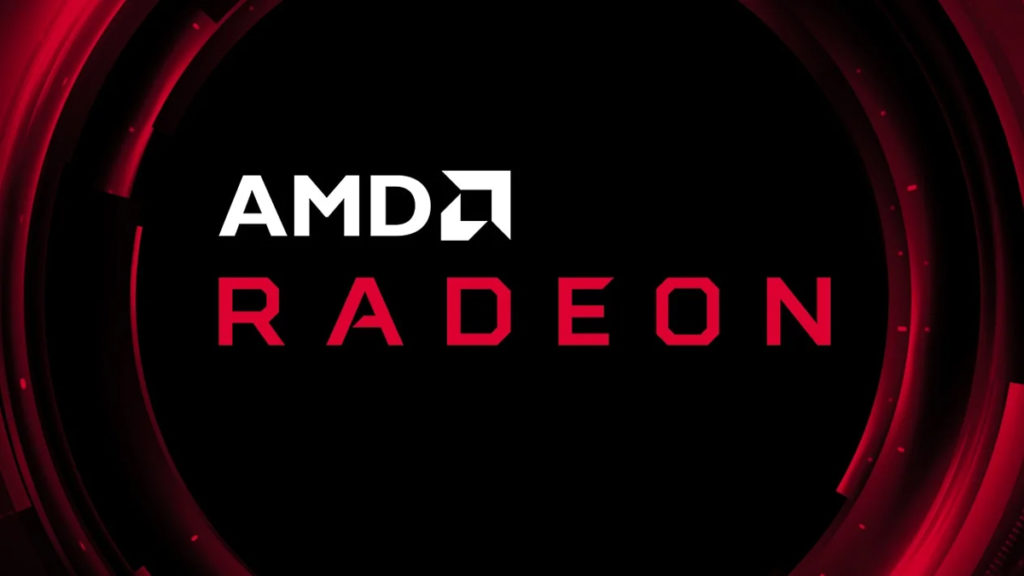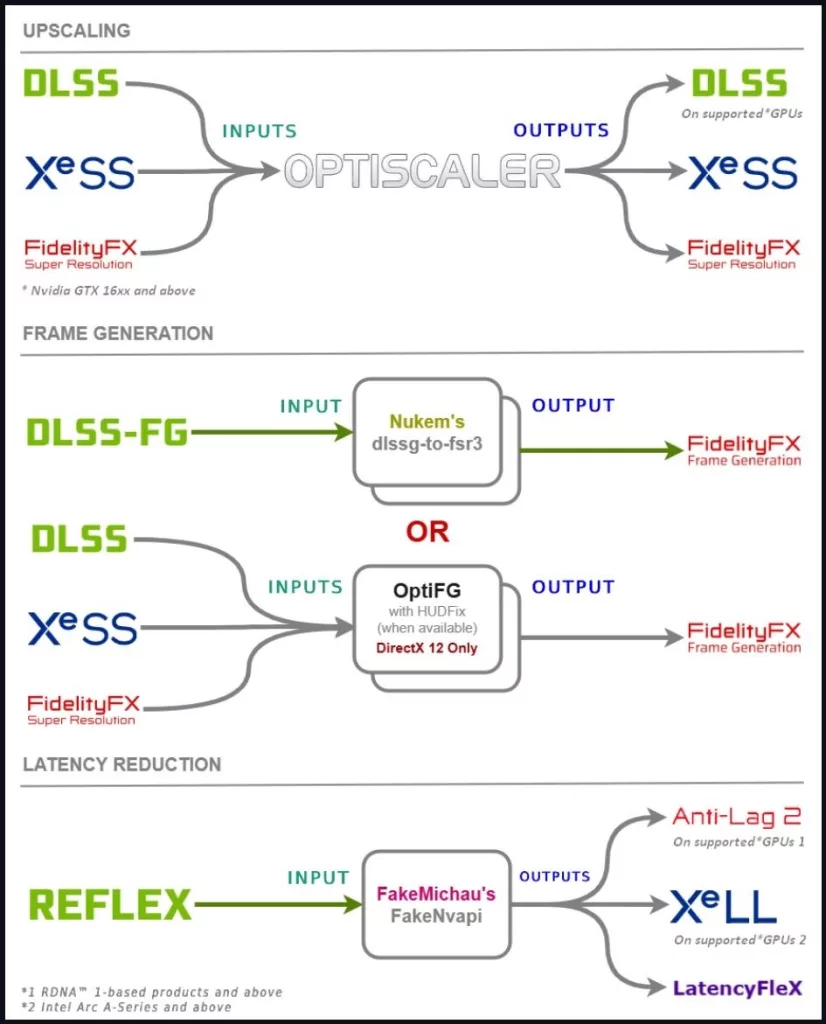
The team behind OptiScaler has successfully integrated support for AMD FSR 4 in a new update, allowing it to be used in any DX11/12 game. Meanwhile, a new rumor claims that an upcoming AMD UNDA/RDNA 5-based GPU will feature a memory bus similar to that of NVIDIA’s RTX 4090. No one knows for sure why Team Red hasn’t furthered its own support for FSR 4 with its RX 9000 series GPUs, but fortunately, the developers of OptiScaler continue to have your back. Any game (over 300 estimated) that supports at least AMD FSR 2, NVIDIA DLSS 2, or Intel XeSS can have OptiScaler seamlessly now run AMD FSR 4 instead of the older and less efficient upscaling libraries. Tom’s Hardware notes that users will still need to configure settings per game and perhaps tweak things as needed for best performance, so don’t expect a simple on/off toggle to be the end of the road here, but still, for those willing to put in the effort, there are significant gains to be had.

Known hardware information leaker Kepler_L2 has been speculating about AMD’s next series of GPUs. While some focus has been on what type of APU Microsoft will be using for its next Xbox, there has also been discussion on how AMD would top that for PC users. It’s been rumored that the APU could feature a graphics solution with 64 CUs with a 384-bit memory bus. Kepler has added that AMD will likely roll out its UDNA/RDNA 5 series in upgrading as follows: “64CU/256bit+32CU/128-bit to 96CU/384-bit+64CU/256-bit+32CU/128-bit.”
Kepler added, “With the Xbox(?) APU leak having 384-bit bus and what looks like 80 CU (very similar layout to Navi21), I don’t see RX 10K topping out at 64 CU,” and that the Xbox custom chip could perform very similarly to the NVIDIA RTX 5080/4090 GPUs. It was also claimed that the flagship PC AMD GPU with 96 CUs and a 384-bit memory bus could be configured similarly to Navi31 and that “I do expect them to change the advertised core count with RDNA5, since VOPD will go from best-case scenario to average-case-unless-something-weird-happened scenario.”
